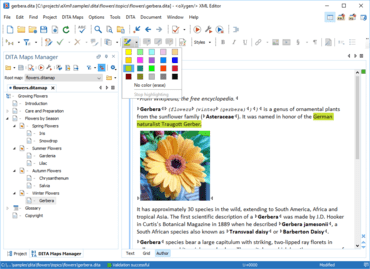Official Supplier
As official and authorized distributors, we supply you with legitimate licenses directly from 200+ software publishers.
See all our Brands.
DITA Authoring
DITA Map Validation
DITA Publishing
DITA Questions/Answers
Author Visual Editing
Add-ons
Scripting
Other
Component Updates
API

Single-source XML authoring and multichannel publishing.
Live Chat with our Syncro Soft licensing specialists now.